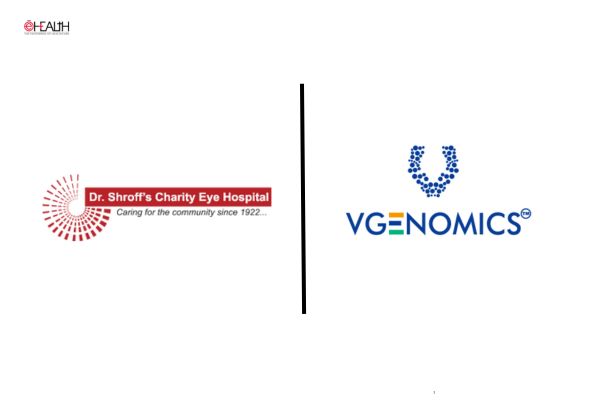
A new Canadian guideline outlines how new biomedical strategies to prevent HIV infection among high-risk people can be made more cost-effective.
“The large financial cost of HIV infection and the young age of those newly diagnosed (most new cases occur in those aged 30 to 39 years) underscore the economic and social importance of preventing new infections,” says Dr Darrell Tan from St. Michael’s Hospital, Toronto, Ontario, who co-authored the guideline.

The Biomedical HIV Prevention Working Group of the CIHR Canadian HIV Trials Network developed the guideline with a panel of 24 experts from diverse disciplines.

The key strategies outlined include pre-exposure prophylaxis (PrEP), which refers to the regular use of anti-HIV medications beginning before an exposure occurs, and nonoccupational postexposure prophylaxis (nPEP), which involves taking a course of antiretroviral medications after a sexual or drug use-related exposure to HIV.

The guideline authors note that the medications used as PrEP and nPEP are generally very safe and effective, although these regimens may not be right for all people at increased HIV risk, because of personal preferences or risk of rare drug toxicities.

Health economic analyses indicate that targeting PrEP to high-risk populations is cost-effective in terms of healthcare spending.
The new guideline was published recently in the Canadian Medical Association Journal.
Be a part of Elets Collaborative Initiatives. Join Us for Upcoming Events and explore business opportunities. Like us on Facebook , connect with us on LinkedIn and follow us on Twitter , Instagram.
"Exciting news! Elets technomedia is now on WhatsApp Channels Subscribe today by clicking the link and stay updated with the latest insights!" Click here!
















